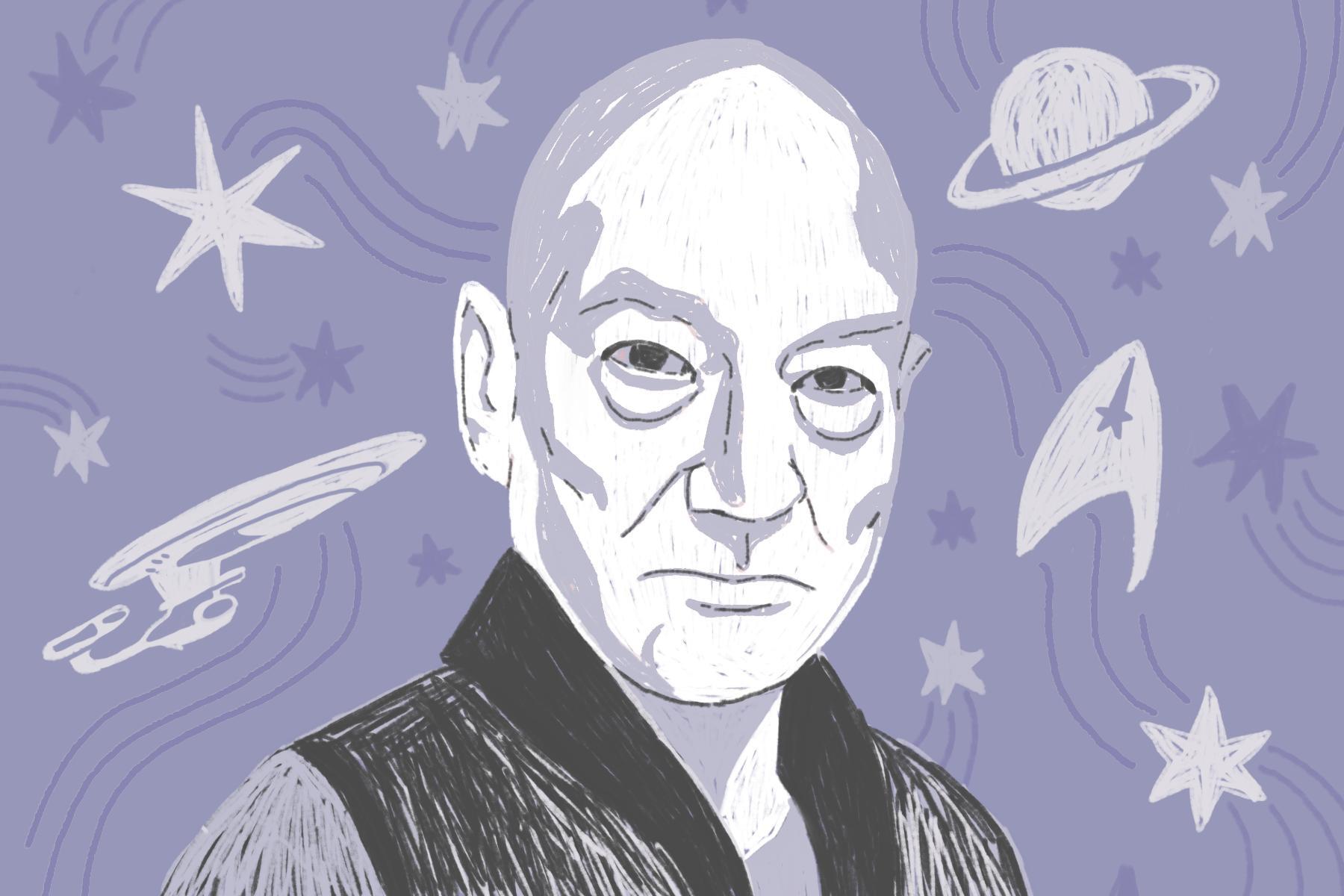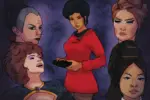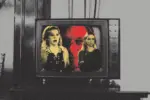Season 1 of “Star Trek: Picard,” in which Patrick Stewart reprises his role as the highly regarded starship captain Jean-Luc Picard, premiered early 2020 on CBS All Access. The 10-episode series can easily be finished before the end of a seven-day trial, and boasts an 87% rating on Rotten Tomatoes, not far from the 89% of “Star Trek: The Next Generation.” “Picard” has already been renewed for Season 2 and 3, with the second season set to come out in late 2020 or early 2021.
The Premise of “Picard”
The series begins in the La Barre region of France, where Picard has been living in retirement for 14 years, disillusioned by the Federation and haunted by the death of Lieutenant Commander Data and the destruction of both Romulus and Mars. He is called to action by a confused young woman named Dahj who cannot remember when she met him, but is desperate for his help. After Picard learns that she is one of Data’s android daughters, Dahj is killed in an attack at the Starfleet Archives Museum in San Francisco.
Back at his chateau, Picard’s Romulan housekeeper explains that she was targeted by Zhat Vash operatives, who believe in a prophecy by the same name. They are determined to eliminate synthetic life forms because the prophecy states that their superiority and artificiality will enable their inevitable destruction of the known universe. Picard then puts a crew together to search for Dahj’s sister, Soji, and to redeem himself after years of inaction. Along the way, Picard receives help from Deanna Troi, Will Riker and Hugh of “Next Generation,” as well as Seven of Nine from “Voyager.” The show also guest stars Brent Spiner as Data and Noonien Soong.
Of course, the show has its antagonists, like Commodore Oh, a leader of the Zhat Vash, and Narissa Rizzo, another Zhat Vash member who is a one-dimensional, hypersexualized, pure-evil villain who gets off on her own wickedness and has an unusual relationship with her brother, Narek. I can’t say much about Narek, except that he is Soji’s love interest, his name is Armenian and he happens to be a “Bernie Bro.”
A Spoiler-Free Review
Despite appearances by beloved characters from “The Next Generation,” “Picard” takes a significant thematic departure from its predecessor. The difference is first apparent in the show’s theme — there is no lofty mission statement about boldly going into space for pure exploration; instead, Starfleet is corrupt, Picard is less revered, Troi and Riker have had two children and Data is dead.
Like the U.S. in the past few months, society in “Picard” seems closer to a dystopia than a utopia. Although the optimism of “The Next Generation” would be appreciated in 2020, there is still something comforting about hearing Patrick Stewart’s voice, seeing Hugh and Seven Of Nine and watching Troi and Riker lead happy, peaceful lives making wood-fired pizzas in the woods of Nepenthe. Furthermore, it was a wise decision not to attempt a “Next Generation” remake 26 years after it ended, instead showing that neither the “Star Trek” universe nor its franchise have stagnated.
https://www.youtube.com/watch?v=EArdkwUyWa0
Overall, it is a joy to follow Picard’s return to a life of adventure and heroism. I love the complex dynamics between the old and new characters. Its sleek depiction of futuristic technology looks more convincing than previous shows, not to mention the costume design and makeup. It is big budget — about $8 million per episode — and the quality shows.
My two greatest criticisms of the show regard its pacing and characters. Along with the shift in tone, its prioritization of character over plot and slow pace make “Picard” stand out in a way I had not expected. There is less action and more drama, two things “The Next Generation” balances perfectly. However, the few fight scenes in “Picard” are beautifully coordinated.
The first three of the 10 episodes allow generous time to introduce the new characters, yet fail to fully flesh them out or make viewers care about them until the end of the series. This occurrence is easily justified by the fact that each character has been hardened by some tragic event in their past, but I believe they all have the potential to be more colorful, or at the very least, a bit more pleasant. Even old, angsty Picard still manages to be his warm and gentlemanly self.
On the other hand, Soji is never as endearing as Data, likely because she does not find out that she is an android until Episode 7, and subsequently goes through an identity crisis. Also, people keep trying to kill her because they think she is “The Destroyer” of everything that lives and breathes. Fair enough. Raffaela Musiker, aka “Raffi,” at first seems to be little more than another snarky crew member. Yet, she struggles with drug addiction, and her dedication to Picard and his mission is admirable.
While I appreciate his Hispanic heritage, not that the “Star Trek” franchise lacks diversity, jaded Cristobal Rios’ emergency holograms are more fun to watch than Rios himself, until he disguises himself as a pimp in Episode 5. However, Young Elnor is lovable from the beginning, and synthetic engineering expert Dr. Agnes Jurati has a solid character arc. All considered, even though these characters are likable, there are still too many cold and reticent personalities aboard La Sirena.
Additionally, it is worth mentioning that Beverly and Wesley Crusher, Worf and Geordi La Forge do not appear in “Picard,” although they may in coming seasons. I look forward to getting to know the crew better and the possible return of Picard’s old friends.
















